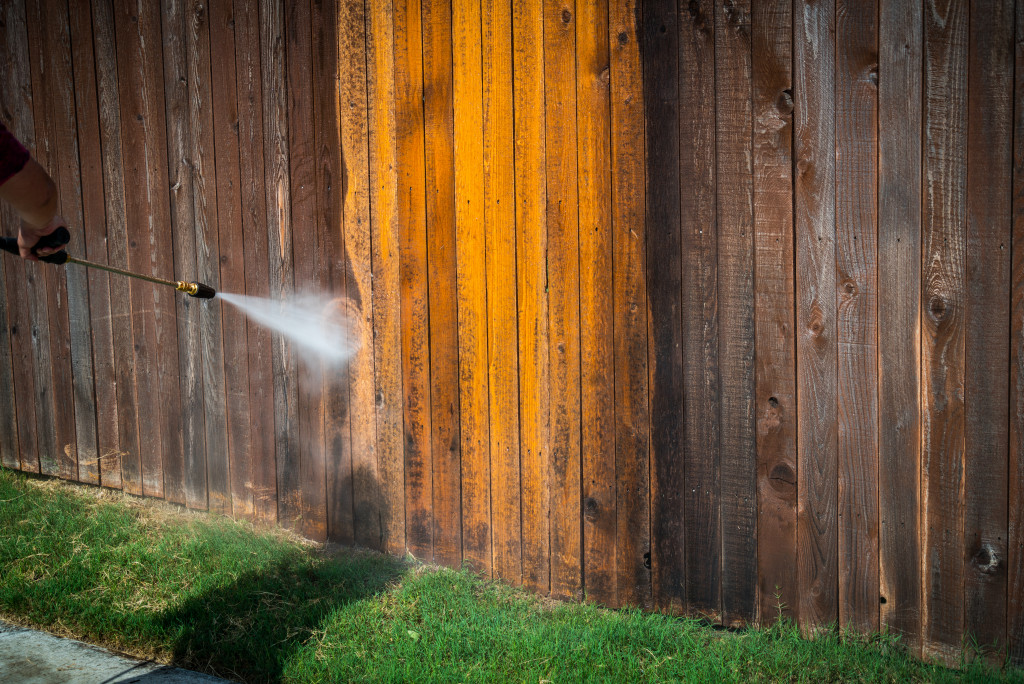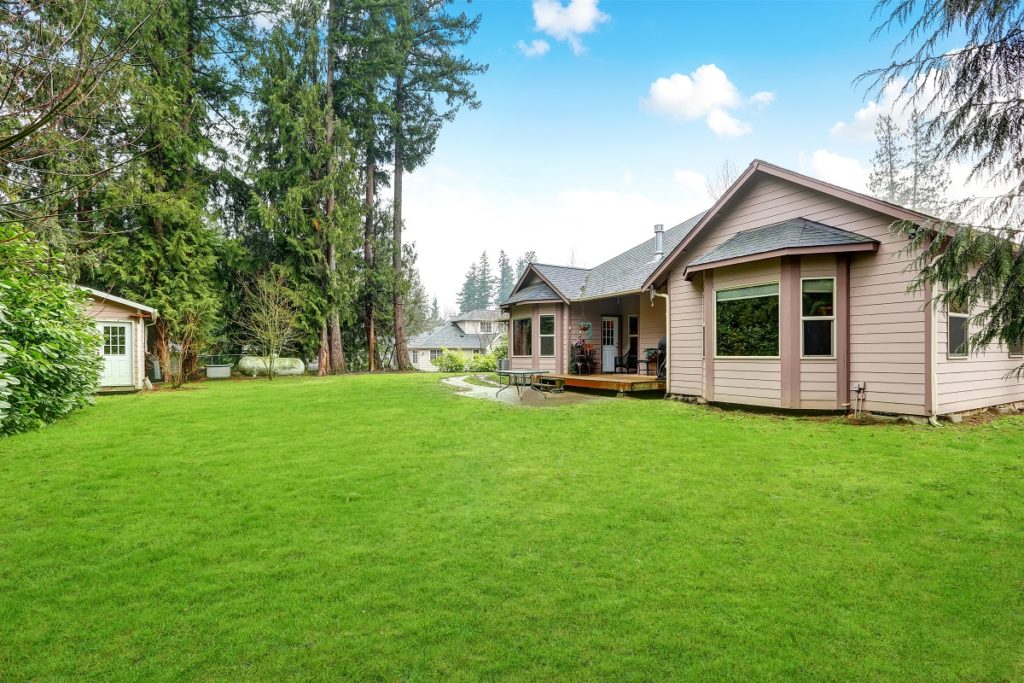Are you thinking about renting out your property? If so, there are a few important things you need to do first. By taking the time to properly prepare your property and set clear expectations with your tenants, you can increase the chances of having a positive experience as a landlord. Keep reading to learn the six steps you need to take before renting out your property.
1. Review Your Insurance Policy
The first step you need to take is to review your homeowner’s insurance policy. Most standard policies do not cover damages caused by tenants. You will need to purchase a separate rental property insurance policy to be protected against fires, water damage, theft, and other potential problems.
You can get a rental property insurance quote from most major insurers. Be sure to compare the policy limits and deductibles to find the right coverage for your needs. When in doubt, it’s always better to be over-insured than under-insured.
2. Make Any Necessary Repairs
Before you can start renting out your property, you must ensure it is in good condition. Take care of any necessary repairs, such as fixing broken appliances or roof leaks. Here are a few things you should look for:
- Appliances that need to be repaired or replaced
- Water damage
- Structurally unsound areas
- Pest infestations
When making repairs, be sure to use high-quality materials. This will help extend the repair’s life and avoid future problems. If you’re unsure how to make a particular repair, it’s always best to hire a professional.
3. Clean the Property from Top to Bottom
A clean property is more likely to appeal to potential tenants and can help you get higher rent prices. You should hire a professional cleaning service to clean the property from top to bottom. Every property area should be cleaned separately; for example, the windows in your home need deep cleaning, so you should hire a residential window cleaning service.
Be sure to empty all the closets, cabinets, and storage areas. These should be wiped down with a disinfectant to remove any dirt, dust, or grime. All the carpets in your property should also be professionally cleaned. You may even want to consider replacing them if they are old or damaged.

4. Remove Personal Belongings
You need to remove all your personal belongings from the property before you can rent it out. This includes things like family photos, heirlooms, and personal collections. You should also remove any extra furniture or appliances that you don’t need.
The goal is to make the property feel like a blank canvas that tenants can make their own. When in doubt, it’s best to err on the side of caution and remove anything that could potentially be seen as a personal belonging.
5. Stage the Property
Staging your property can help make it more appealing to potential tenants. You don’t need to go overboard; simply rearranging the furniture and adding some neutral-toned decor can make a big difference. Be sure to stage each room in a way that highlights its best features.
For example, if you have a large living room, arrange the furniture to create an inviting conversation area. If you have a small kitchen, clear off the countertops to make it appear bigger. When staging your property, it’s important to remember that less is often more.
6. Set Rent Prices
The last step you need to take before renting out your property is to set rent prices. You should start by researching the average rent price in your area for similar properties. Once you have a good idea of the going rate, you can set your prices accordingly.
Be sure to leave some room for negotiation; you don’t want to price yourself out of the market. You should also consider offering discounts for longer leases or for tenants who pay rent on time. When it comes to setting rent prices, it’s important to strike a balance between making a profit and attracting tenants.
Bonus Tip: Find a Property Manager
If you’re not sure you’re ready to take on the responsibility of being a landlord, you can always hire a property manager. A property manager will handle all the day-to-day tasks of renting out your property, such as screening tenants and collecting rent.
Following these six steps, you can set yourself up for success when renting your property. Just remember that it’s important to be patient, organized, and clear when communicating with prospective tenants throughout the process. With a bit of effort upfront, you can help ensure that everything runs smoothly once someone moves in!

